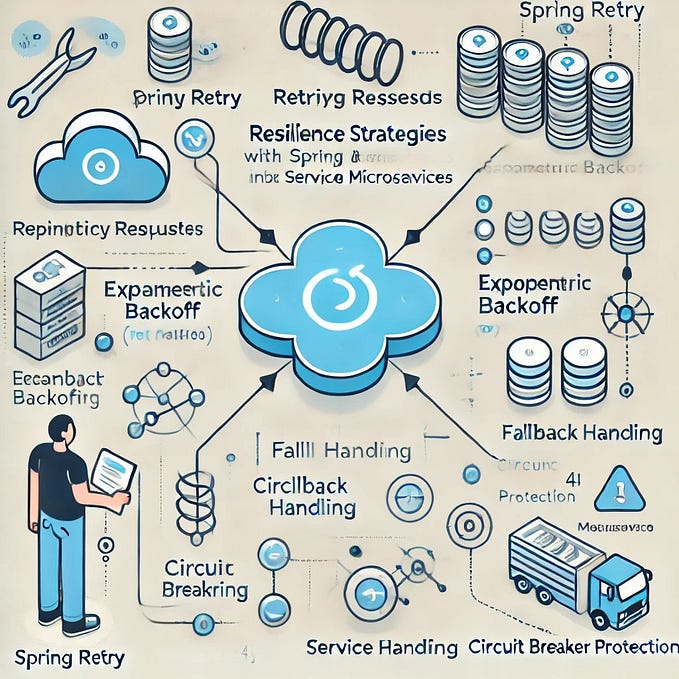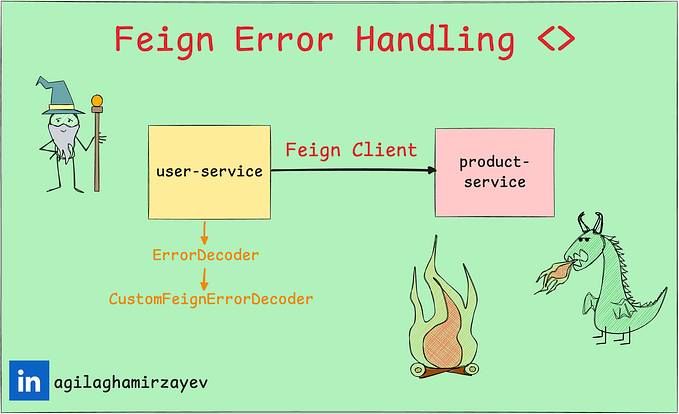RestTemplate vs WebClient vs HttpClient: A Comparison

In the world of microservices and distributed systems, making HTTP calls is a common task. Java provides multiple options to make HTTP requests, each with its own pros and cons. In this blog, we will compare three popular options — RestTemplate, WebClient, and HttpClient — and see which one is best suited for a given use case.
RestTemplate is a synchronous, blocking, and old-style HTTP client provided by the Spring framework. It is easy to use and provides a high-level, convenient API for executing HTTP requests. The main advantage of using RestTemplate is that it can automatically handle the serialization and deserialization of request and response bodies.
Pros:
- Easy to use and provides a convenient API.
- Automatically handles the serialization and deserialization of request and response bodies.
- Supports various HTTP methods like GET, POST, PUT, DELETE, etc.
- Provides the ability to add custom headers, request parameters, and URI variables.
Cons:
- Blocking in nature, which means the thread making the request will be blocked until a response is received.
- Does not support reactive programming.
Example Code:
RestTemplate restTemplate = new RestTemplate();
ResponseEntity<String> response = restTemplate.getForEntity("https://api.example.com/users/{id}", String.class, 1);WebClient is a modern, non-blocking, and reactive HTTP client provided by the Spring framework. It supports reactive programming and provides a fluent API for building and executing HTTP requests. The main advantage of using WebClient is that it supports both synchronous and asynchronous programming models.
Pros:
- Supports both synchronous and asynchronous programming models.
- Provides a fluent API for building and executing HTTP requests.
- Supports reactive programming.
- Non-blocking in nature, which means the thread making the request will not be blocked.
Cons:
- More complex API compared to RestTemplate.
- Less commonly used compared to RestTemplate and HttpClient.
Example Code:
WebClient webClient = WebClient.create("https://api.example.com");
Mono<String> response = webClient.get().uri("/users/{id}", 1).retrieve().bodyToMono(String.class);HttpClient is a low-level, asynchronous, and non-blocking HTTP client introduced in Java 11. It provides a raw API for building and executing HTTP requests and does not handle the serialization and deserialization of request and response bodies. The main advantage of using HttpClient is that it provides a low-level API, which gives developers more control over the HTTP request and response.
Pros:
- Low-level API, which gives developers more control over the HTTP request and response.
- Asynchronous and non-blocking in nature, which means the thread making the request will not be blocked.
- Provides a raw API for building and executing HTTP requests.
Cons:
- Raw API, which requires developers to handle the serialization and deserialization of request and response bodies.
- More complex API compared to RestTemplate and WebClient.
Example Code:
HttpClient httpClient = HttpClient.newHttpClient();
HttpRequest request = HttpRequest.newBuilder().uri(Conclusion:
In conclusion, each of the three HTTP clients — RestTemplate, WebClient, and HttpClient — has its own strengths and weaknesses, and the best choice depends on the use case. If you are working with a Spring-based application and want a convenient and easy-to-use API for making HTTP requests, then RestTemplate is the best choice. If you are working with a reactive application and want a non-blocking and fluent API for building and executing HTTP requests, then WebClient is the best choice. If you want a low-level, asynchronous, and non-blocking API for building and executing HTTP requests, then HttpClient is the best choice.
No matter which HTTP client you choose, it is important to consider factors such as performance, scalability, and ease of use when making a decision. Ultimately, the best choice will depend on the requirements of your application and the specific needs of your use case.






